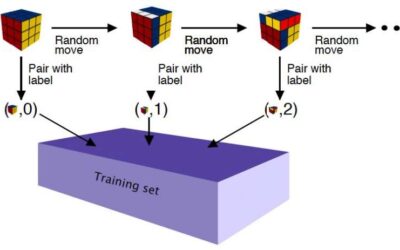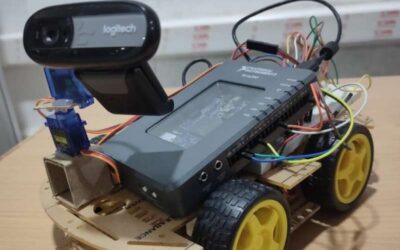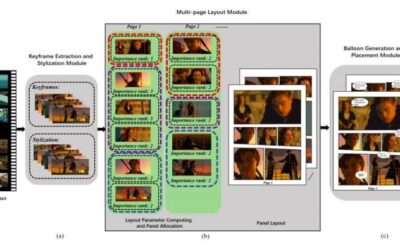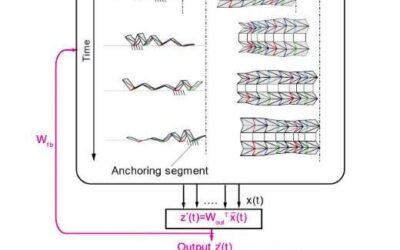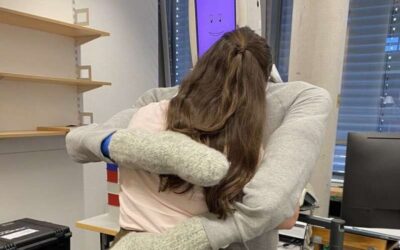In recent years, videogame developers and computer scientists have been trying to devise techniques that can make gaming experiences increasingly immersive, engaging and realistic. These include methods to automatically create videogame characters inspired by real...
TECHXPLORE
An open-source machine learning framework to carry out systematic reviews
When scientists carry out research on a given topic, they often start by reviewing previous study findings. Conducting systematic literature reviews or meta-analyses can be very challenging and time consuming, as there are often huge amounts of research focusing on...
A design to improve the resilience and electrical performance thin metal film based electrodes
Flexible electrodes, electronic components that conduct electricity, are of key importance for the development of numerous wearable technologies, including smartwatches, fitness trackers and health monitoring devices. Ideally, electrodes inside wearable devices should...
A deep learning technique to solve Rubik’s cube and other problems step-by-step
Colin G. Johnson, an associate professor at the University of Nottingham, recently developed a deep-learning technique that can learn a so-called "fitness function" from a set of sample solutions to a problem. This technique, presented in a paper published in...
Researchers examine how multilingual BERT models encode grammatical features
Over the past few decades, researchers have developed deep neural network-based models that can complete a broad range of tasks. Some of these techniques are specifically designed to process and generate coherent texts in multiple languages, translate texts, answer...
A robot that allows users to virtually navigate remote environments
Two students who graduated from VR Siddartha Engineering College in Kanuru, India, have created a virtual telepresence robot that allows users to see what is happening in a remote location as if they were actually there. Their project, supervised by Professor V.N....
A system that automatically generates comic books from movies and other videos
Over the past few years, computer scientists have created numerous computational techniques that can automatically generate texts, images and other types of data. These models are highly advantageous, particularly for creating data or creative works that are demanding...
A public digital atlas of extreme wind speeds for wind energy applications
Over the past few decades, researchers have developed increasingly advanced technologies that convert natural sources into electrical energy through the use of solar cells and wind turbines. Recently, the wind energy industry has been expanding rapidly, with a growing...
A new framework for robotics applications that merges reservoir computing with origami
Reservoir computing is a highly promising computational framework based on artificial recurrent neural networks (RNNs). Over the past few years, this framework was successfully applied to a variety of tasks, ranging from time-series predictions (i.e., stock market or...
HuggieBot 2.0: A soft and human-size robot that hugs users on request
Researchers at the Max Planck Institute for Intelligent Systems (MPI-IS) and ETH Zürich have recently created HuggieBot 2.0, a robot that can hug users at their request. This robot, set to be presented at the ACM/IEEE International Conference on Human-Robot...




